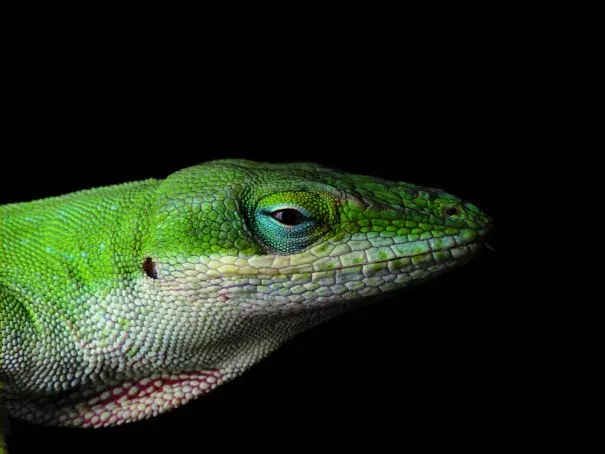Extreme-weather Evolution

The green anole lizard, a spectacularly bright reptile found throughout the American south, has difficulty handling temperatures below around 50 degrees Fahrenheit. This doesn’t usually pose a problem in its subtropical habitats along the Gulf Coast and in southeastern states. But during the extreme winter of 2013-2014 (resulting from a southward shift in the polar vortex), the lizard endured temperatures so low that it faced selection pressures and evolved a greater tolerance to cold, according to a study published this week in Science by Shane Campbell-Staton, Ph.D. ’15, and coauthors Jonathan Losos, professor of organismic and evolutionary biology, and Scott Edwards, Agassiz professor of organismic and evolutionary biology.
...
If the extreme cold has made some green anole populations more resilient in low temperatures, it almost certainly has also come at a cost. “Lizards that did not survive this cold event may have had genetic variants that would have made them more resilient to a heat wave or a drought—now those lineages may be lost,” Campbell-Staton says. Extreme weather events are likely to become more frequent and severe, and will threaten the viability of species more fragile than the relatively abundant green anole. “We are only beginning to understand how anticipated changes in climate are going to affect biodiversity,” he adds; the present study offers one promising way in.


